Tips To Enhance Your Asteroid Observation Experience
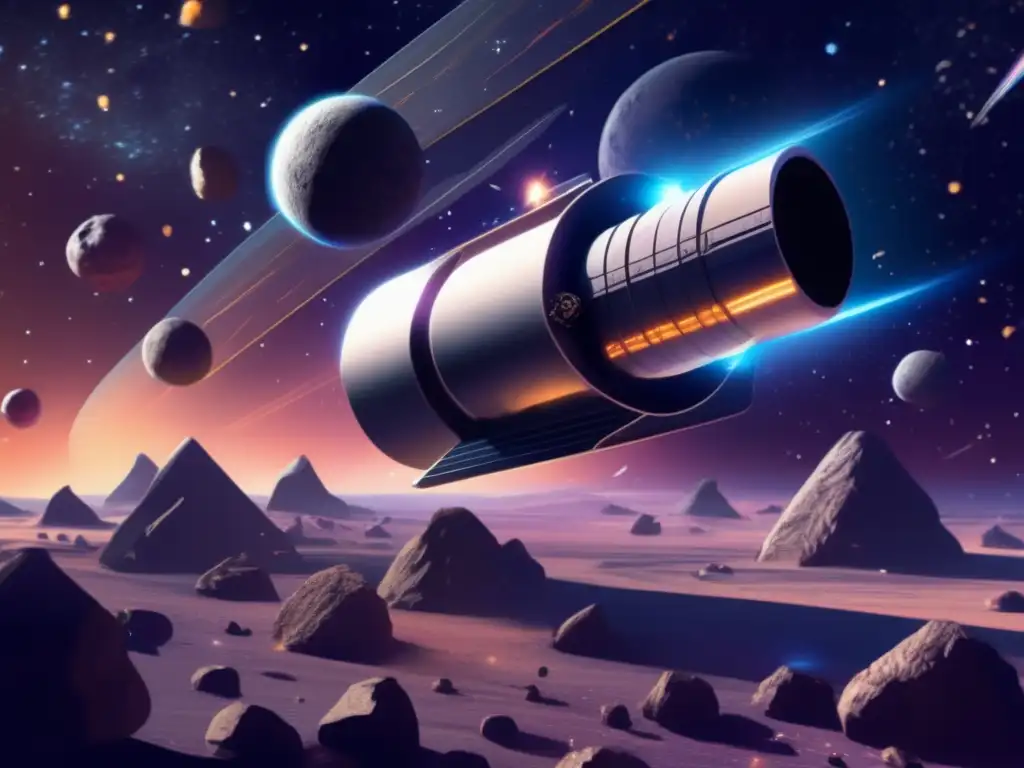
Introduction
Welcome to Asteroid Realm, your go-to source for all things asteroids! In this article, we will provide you with valuable tips to enhance your asteroid observation experience. Whether you're a novice or an experienced observer, these tips will help you make the most of your time observing these fascinating celestial objects.
Selecting the Right Equipment
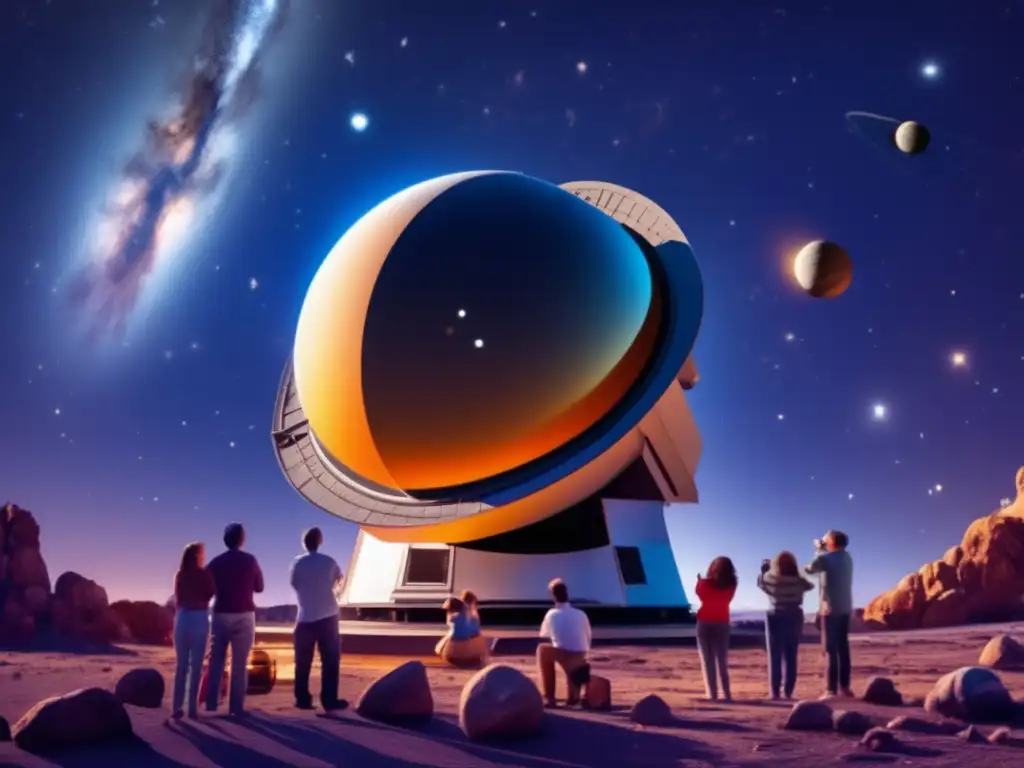
Choosing a Telescope
When it comes to observing asteroids, having the right telescope is crucial. Look for a telescope with a wide field of view and good light-gathering capabilities. A refractor or reflector telescope with a moderate to high magnification power is recommended. It's also essential to consider portability and ease of use, especially if you plan to observe asteroids in different locations.
Accessories and Filters
Investing in quality accessories can greatly enhance your asteroid observation experience. Consider purchasing eyepieces with different focal lengths to achieve various magnifications. An adjustable mount or tripod will provide stability and precision tracking. Additionally, using filters, such as color filters or polarizing filters, can help reduce glare and enhance details on the asteroid's surface.
Preparing for Observation

Checking Astronomical Events
Keep track of astronomical events that may affect your asteroid observation, such as meteor showers or lunar phases. Plan your observation sessions during clear nights when the sky is free from light pollution. Consult astronomical calendars or websites for accurate information on upcoming events.
Researching Target Asteroids
Prior to your observation, familiarize yourself with the asteroids you plan to observe. Research their characteristics, such as size, composition, and distance from Earth. This knowledge will help you understand what to expect and appreciate the unique qualities of each asteroid.
Observation Techniques
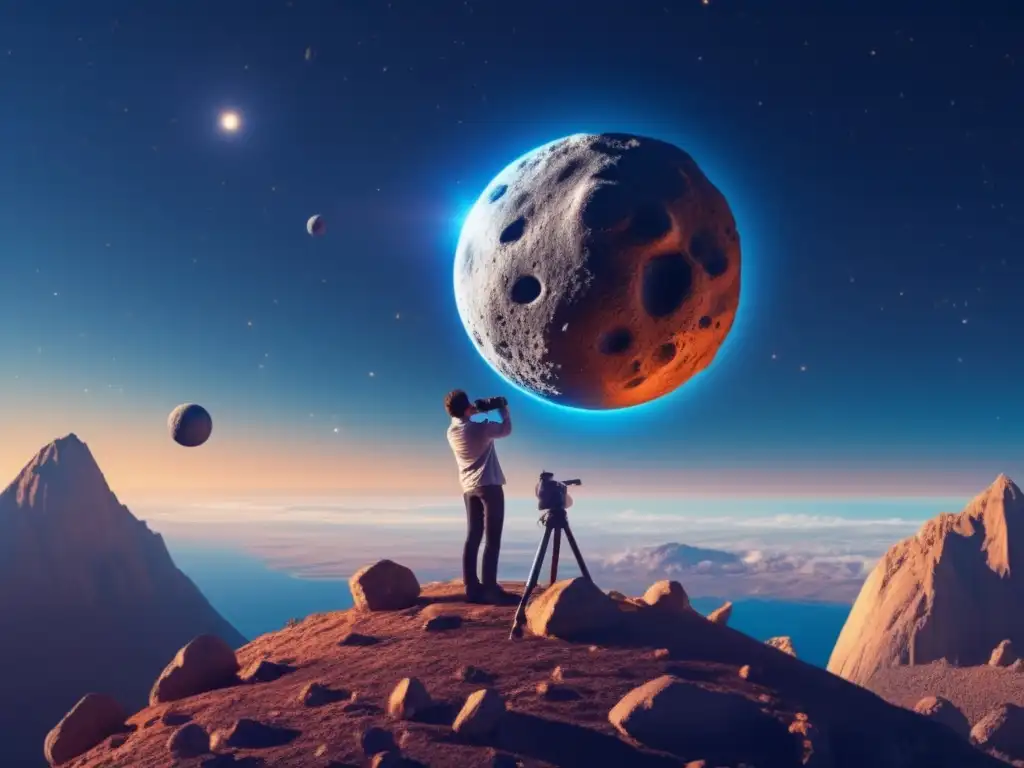
Steady Viewing Conditions
Find a location with minimal atmospheric disturbance to ensure clear and steady observations. Avoid places with excessive wind or temperature fluctuations, as they can affect the quality of your views. If possible, use a viewing platform or mount to stabilize your telescope.
Tracking and Guiding
As asteroids move across the sky relatively quickly, it's important to track and guide your telescope accurately. Familiarize yourself with the equatorial coordinates of your target asteroid and adjust your telescope's mount accordingly. Additionally, consider using advanced tracking techniques, such as autoguiding or motorized mounts, to keep the asteroid in your field of view.
Frequently Asked Questions
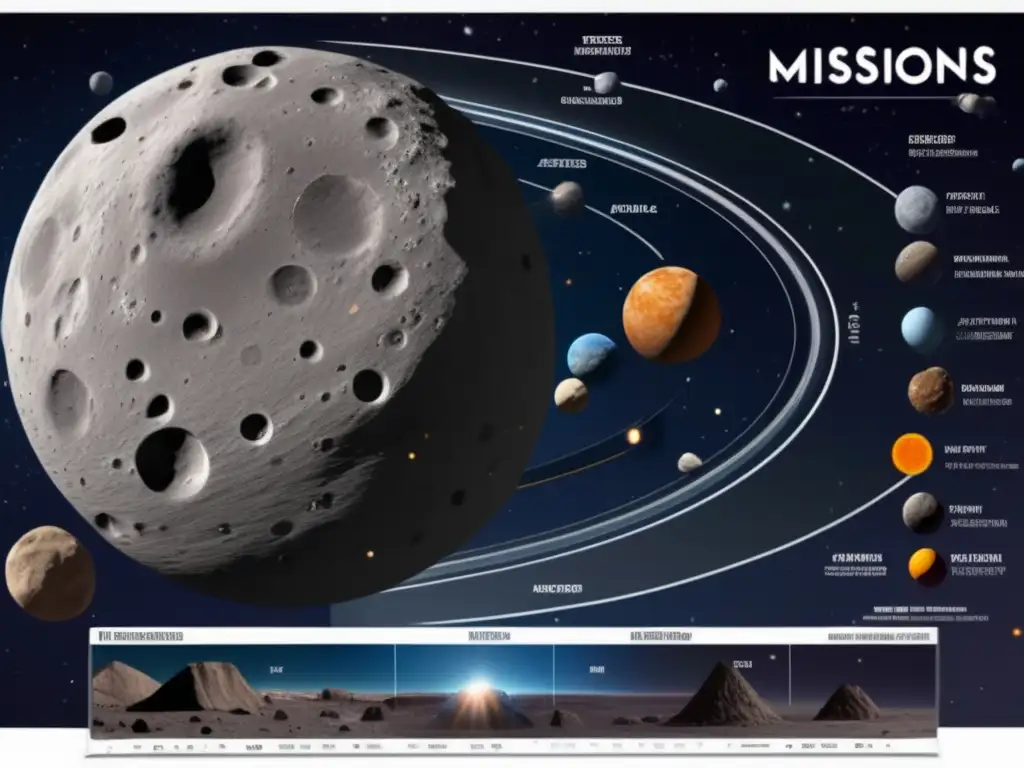
-
Q: How do I find the right time to observe specific asteroids?
A: Astronomical software or mobile apps can provide you with real-time information on the position and visibility of asteroids. They can help you determine the best time to observe specific asteroids based on your location and current conditions.
-
Q: Can I observe asteroids with the naked eye?
A: While some larger asteroids may be visible to the naked eye under optimal conditions, using a telescope will significantly enhance your ability to observe and appreciate the details of smaller or more distant asteroids.
-
Q: Are there any safety precautions I should take while observing asteroids?
A: Yes, always remember to never look directly at the Sun or any bright light source through your telescope as it can cause permanent eye damage. Additionally, be mindful of your surroundings to avoid tripping or damaging your equipment.
-
Q: Can I photograph asteroids during my observation?
A: Yes, astrophotography can be a rewarding endeavor when observing asteroids. Consider investing in specialized camera equipment and learning the techniques necessary for capturing high-quality images of these celestial objects.
-
Q: How can I contribute to asteroid research as an amateur observer?
A: Several organizations and projects allow amateur astronomers to contribute valuable data to asteroid research. One such example is the International Occultation Timing Association (IOTA), which collects observations of asteroid occultations. You can participate by recording and submitting your observations.
Conclusion
By following these tips and techniques, you can enhance your asteroid observation experience and delve deeper into the fascinating world of asteroids. Remember to share your thoughts and experiences in the comments section and actively engage with www.asteroidrealm.com. Subscribe to stay updated with the latest asteroid news, and consider sharing this article on social networks to help others learn and appreciate the wonders of asteroid observation. Thank you for your time and happy asteroid observing!
Additional Resources
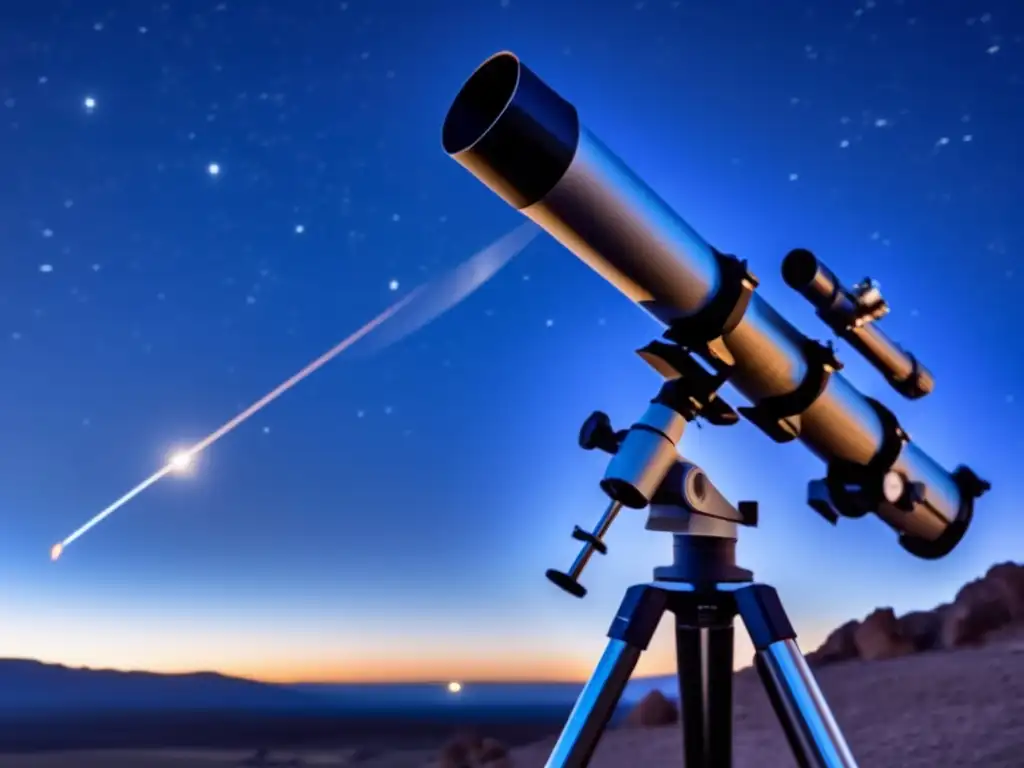
For further information and resources on asteroid observation, check out the following links:
 Binoculars Vs. Telescopes: Which Is Better For Asteroid Viewing?
Binoculars Vs. Telescopes: Which Is Better For Asteroid Viewing? The Challenges Of Asteroid Observation And How To Overcome Them
The Challenges Of Asteroid Observation And How To Overcome Them The Relationship Between Asteroid Observation And Astrophotography
The Relationship Between Asteroid Observation And AstrophotographyIf you want to discover more articles similar to Tips To Enhance Your Asteroid Observation Experience, you can visit the Telescopes and Asteroid Observation category.
Leave a Reply

Articulos relacionados: